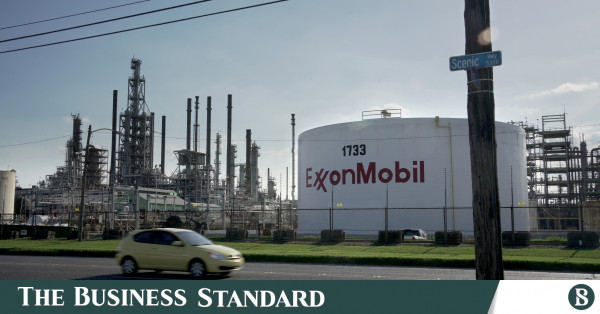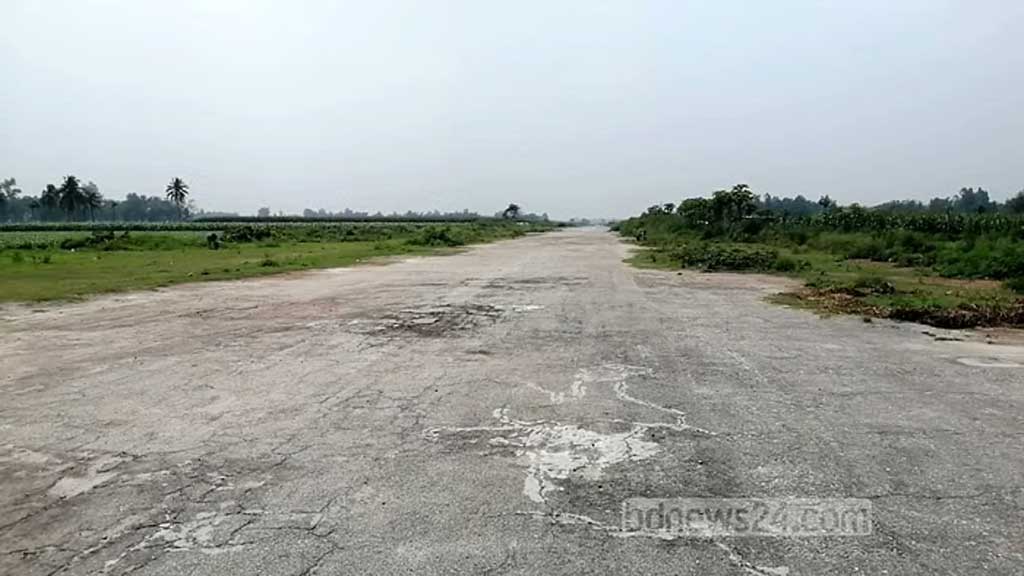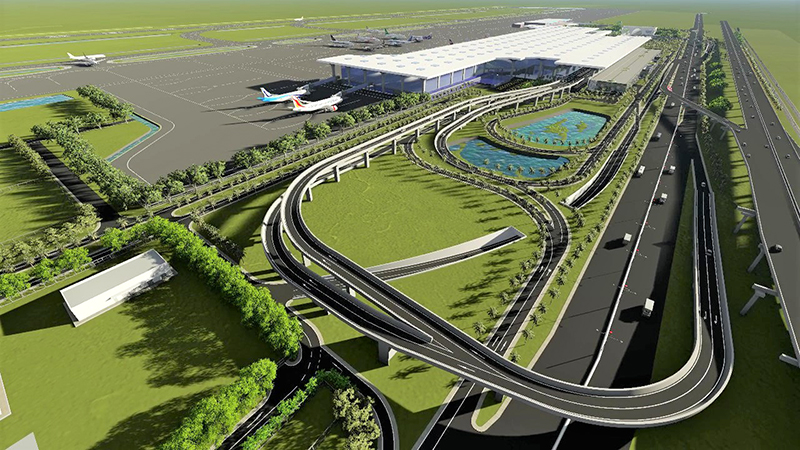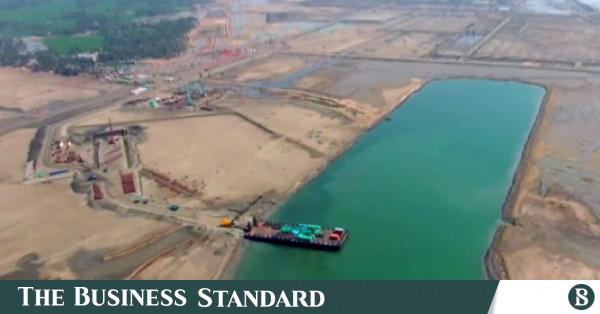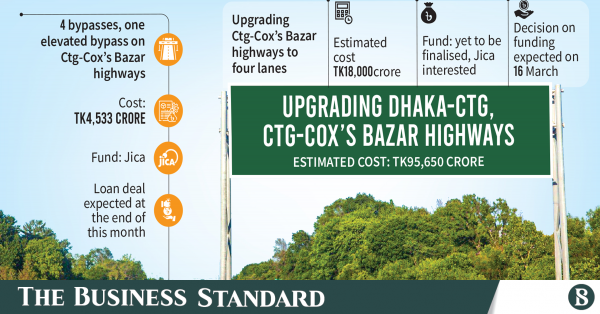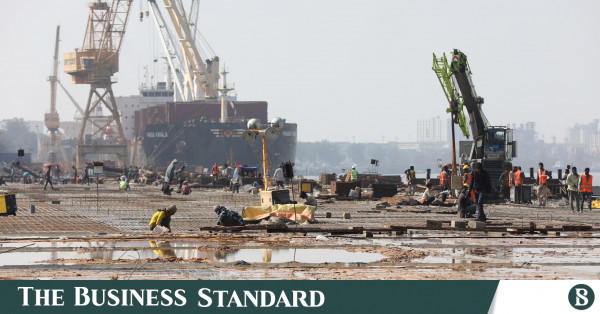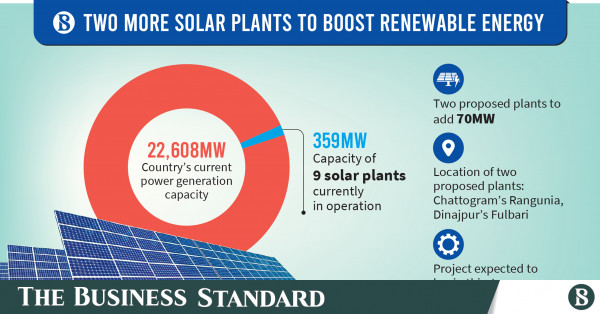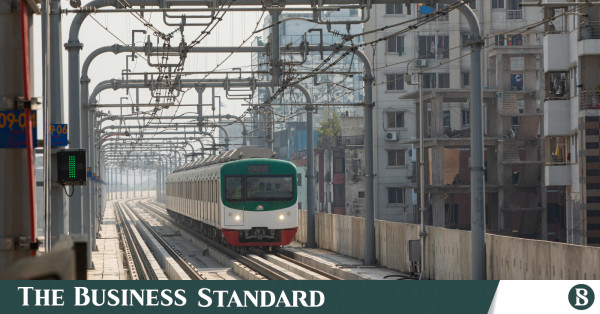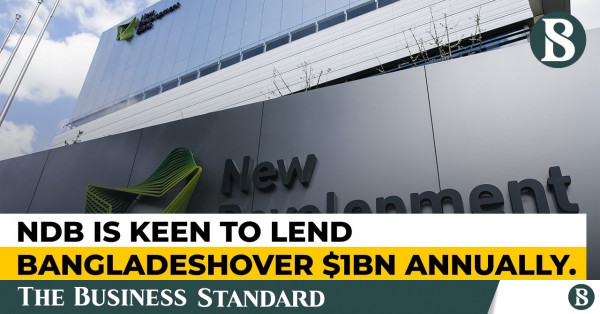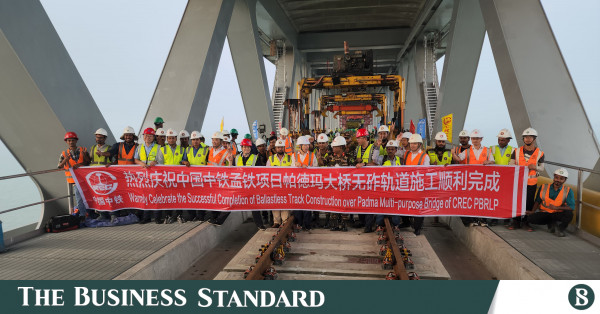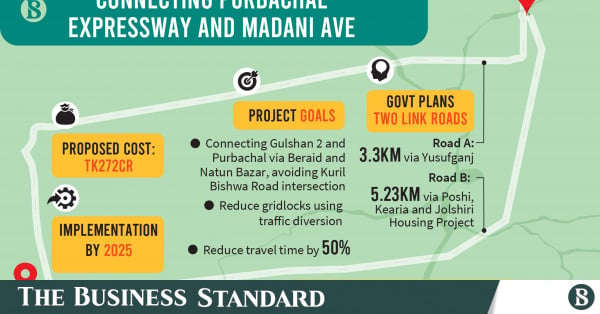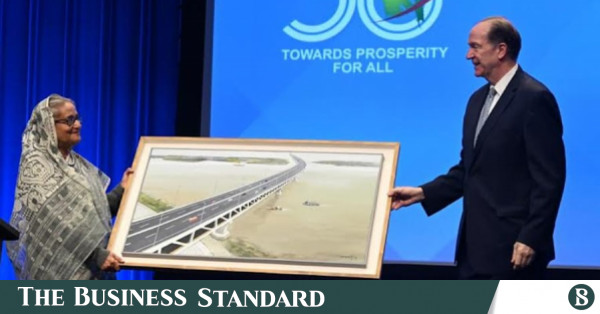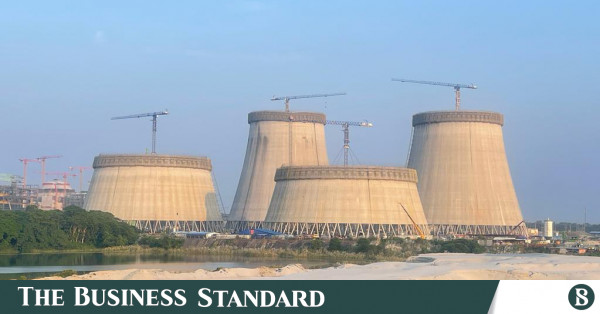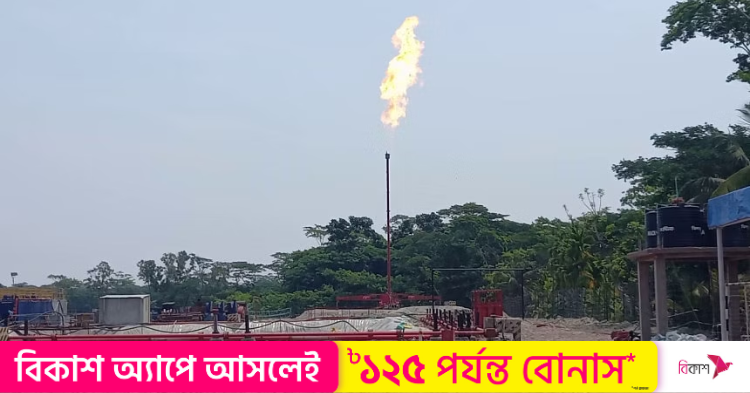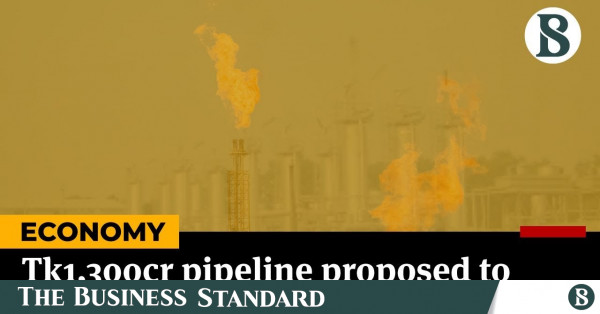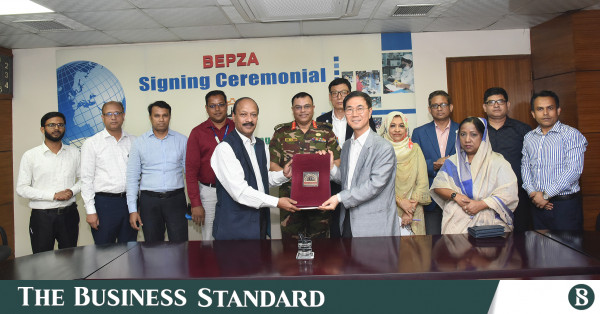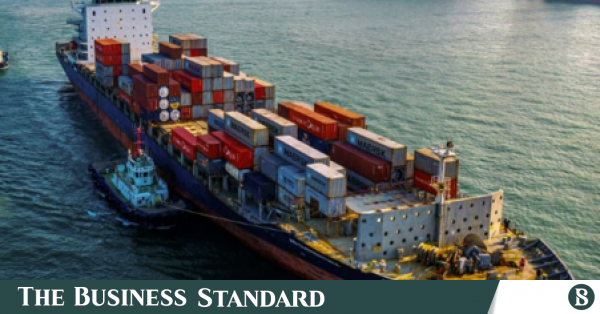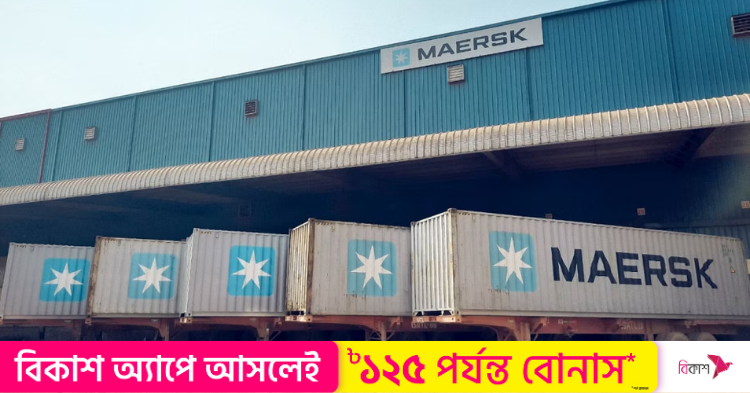The project was completed by the 16 Engineer Construction Batallion under the Engineer Construction Brigade of the Bangladesh Army, project officer Major Ishrakul Haque told TBS.
Under the project, 10 bridges, 10 culverts and four viewpoints have been constructed at a cost of Tk474.40 crore during 2017-2022 period, he added.
Besides, cross drain, site drain, retaining wall, earth water dam, and road sign have also been constructed. Attractive spots have been developed by the wavy roadside for tourists, the army officer added.
"The construction of the road will increase the agriculture, education, and health services facilities for the locals. Besides, the development of the tourism industry will also play a role in improving the quality of the local's life," Major Ishrakul said.
However, passenger transports have not yet started operation on the road. Locals travel on rented motorcycles and transport local agricultural products on small mini trucks.
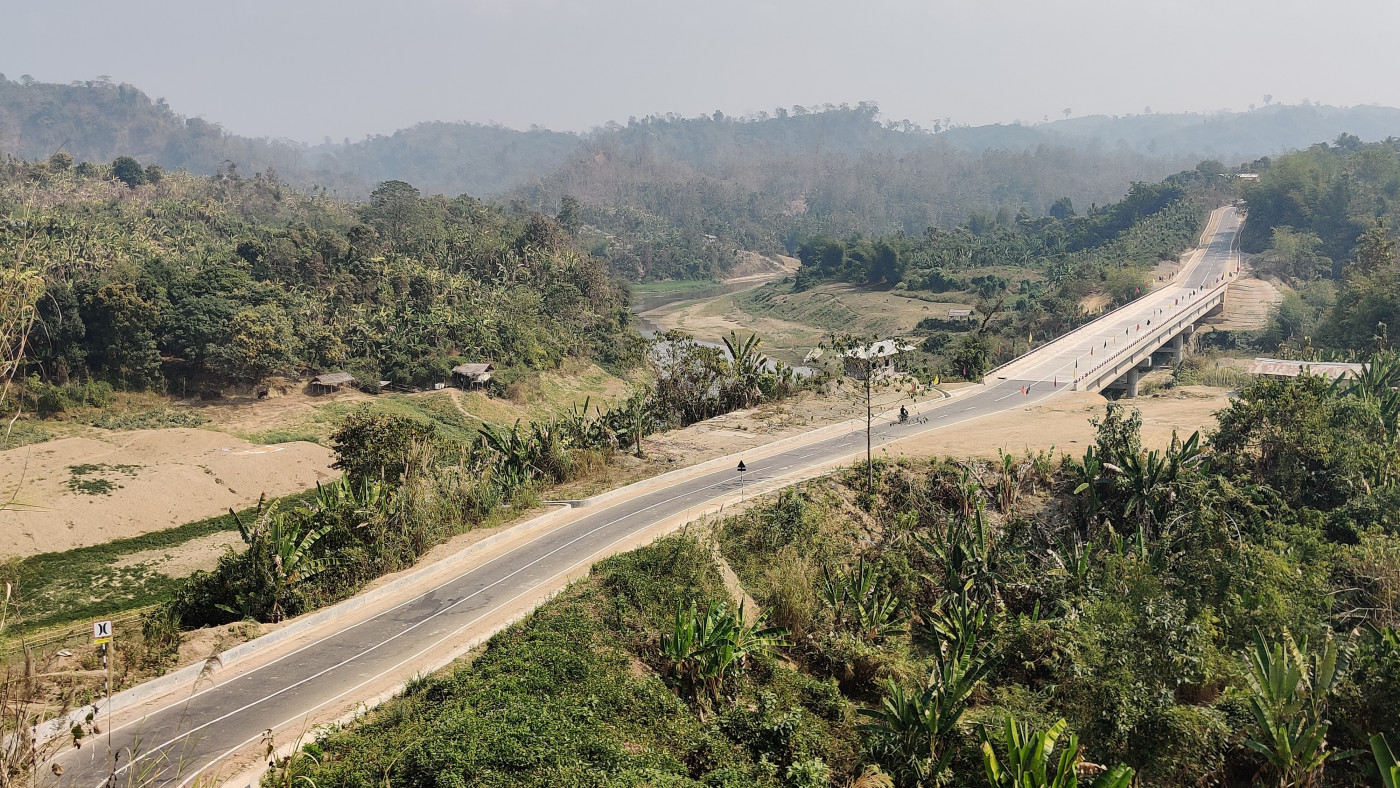
Kurukapata union was once a remote bordering area of Alikadam upazila. Due to a lack of road connectivity for a long time, the locals had to come to the upazila headquarters on foot or by boat.
During the monsoon, all means of communication would have been disconnected from the upazila headquarters. As a result, the residents of the area suffered in receiving medical care, education and marketing agricultural products.
The Alikadam-Poamuhuri road was constructed on the bank of the Matamuhuri river.
There is a river on one side and the natural beauty can be enjoyed on both sides of the road. Some aesthetic viewpoints have also been constructed on several hilltops.
Major Ishrakul said that the road has already changed the socio-economic life of different ethnic minority people including Mro and Tripura communities. Hill weavers and other handicraft markets are expanding while it has unveiled the hidden beauty of Bandarban.
He said that the local economy would expand further centring the tourism industry development.
Due to the development of the communication system, local fruits and crops are now reaching the city.
Moreover, the Alikadam-Janalipara-Kurukapata-Poamuhuri road has been connected to the 317 km border road. As a result, the road will play a role in protecting the country's territory increasing security on the border.
Menrowa Mro, a member of ward 7 of Kurukpata union, said that in some areas people would suffer from diarrhea before the beginning of the monsoon season every year. As Kurukpata is a remote area, the residents were deprived of medical facilities. There was no way to take people to hospitals. Some children even die of diarrhea, he added.
"From now on, the road will facilitate quick treatment for the people," he said.
Rambati Tripura and Ram Bahadur Tripura, residents of Jira Para in the 12 km area, said that since the construction of the road, locals have started cultivating various fruits along with zoom cultivation.
Earlier, if there was an opportunity to garden, no one would implement it in absence of a transportation system. Locals have started cultivation of various fruits too.
Besides, ginger and turmeric cultivation is also increasing in different areas than ever before. Now the traders come to the neighborhood to purchase ginger and turmeric direct from the farmers and at a fair price.
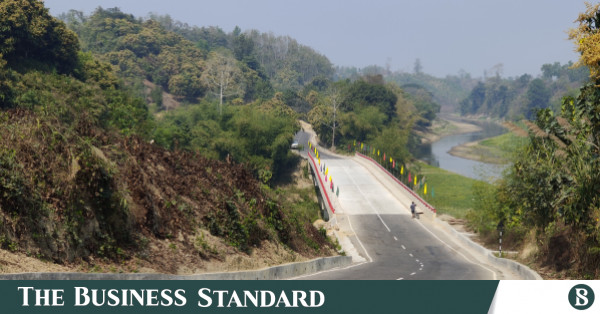
 www.tbsnews.net
www.tbsnews.net
Germany's Tailwind Shipping Lines has announced the launch of a direct container shipping line between Chattogram port and Europe, with a specific focus on the transportation of textile goods, according to a recent statement from the carrier.
The new service, named the Tiger Express service (TEX service) after the Bengal tiger, will be the second European shipping line after an Italian shipping company which launched direct shipping service from Chattogram port in February last year.
The service is expected to have a fast transit time of fewer than 20 days between Chattogram and Barcelona, which will help cut down time and costs for traders. The new shipping line will also call on smaller ports in both Barcelona and the Dutch port town of Moerdijk, enabling goods to be loaded onto trucks quickly and transported directly to their specific destinations.
"Owing to the ships we deploy, we can reach the region without any intermediate stops or transshipment," says Wolf Tiedemann, board member at Lidl Stiftung & Co KG responsible for logistics and also managing director of Tailwind Shipping Lines.
"Especially thanks to direct connection between Bangladesh and Europe, this will represent a huge increase in efficiency, which we will also use to boost the reliability of the supply chains for our customers," he said, adding that this kind of smaller service also ensures greater proximity to customers and the ability to quickly meet their requirements.
Tailwind Shipping Lines, a subsidiary of Lidl International, which runs a discount retailer chain in over 11,000 stores across Europe and the United States, will offer shipping freight for Lidl goods, as well as for customers from the fashion and textile sectors, with other customers also able to derive the benefits of the service.
The company said the new service will represent a huge increase in efficiency, which will be used to boost the reliability of the supply chains for customers.
"We've got all the permissions from the port authority and Tailwind will launch direct service at the end of the next month," Nazneen Sultana, managing director of Unitrans Container Limited, the local agent of Tailwind, told The Business Standard on Saturday.
According to shipping industry officials, 40% of Bangladesh's import and export goods are transported from Chattogram to Colombo port, while the remaining 60% go through Singapore, Malaysia's Port Klang, and Tanjung Pelepas. Chattogram Port handles 92% of the country's import-export trade alongside 98% of container shipments.
Of Bangladesh's $52 billion exports in FY22, garments accounted for nearly 82%, with over 50% of exports going to Europe in that fiscal year, according to BGMEA data. The direct connection between Bangladesh and Europe offered by Tailwind's TEX service is expected to represent a significant boost in efficiency for these exports, as well as for other customers using the service.
Chattogram Port Authority Secretary Md Omar Farooq said the authorities are encouraging direct shipping service as it takes only 15-20 days to reach destination countries instead of at least 40-45 days through transshipment ports.
He also said shipment cost will be reduced significantly and importers can expect their goods to reach them faster.
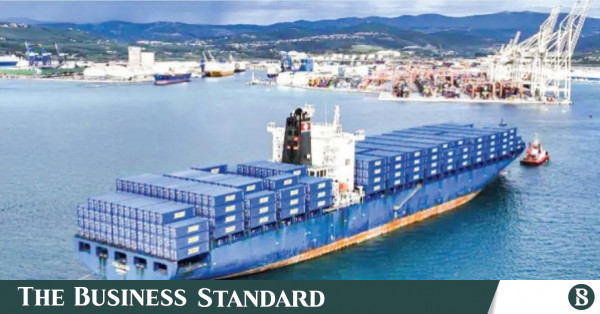
 www.tbsnews.net
www.tbsnews.net
The maritime sector of the country has started to demonstrate enormous possibilities and the government is keen to harness the potential, said State Minister for shipping Khalid Mahmud Chowdhury.
While inaugurating four new oceangoing bulk carriers of Meghna Group on Sunday in Chattogram, the state minister said the government is working to make the local shipping sector more business-friendly.
At the Patenga container terminal of Chattogram port, Khalid Mahmud Chowdhury said that Meghna Group has been able to expand its fleet to 22 in the past decade due mostly to the support of the government. "We are working to scale up maritime investment further."
He said the government has increased the number of maritime academies to four and mulling four more national maritime institutes to produce skilled seamen.
The 200-metre Meghna Victory, the largest privately-owned cargo carrier in Bangladesh flagged off yesterday, registered a capacity record for the newly constructed Patenga container terminal. Other vessels inaugurated Sunday are MV Meghna Prestige and Meghna Hope Meghna Progress.
On the occasion, Chattogram Port Authority Chairman Rear Admiral M Shahjahan said that Bangladeshi-flagged vessels currently carry goods accounting for nearly 5% of Bangladesh's external trades. The country needs 500 ships to transport 100% of the external trade cargo.
He said the number of Bangladeshi vessels has increased to 95 from 38 in the last four years.
The Chattogram Port Authority chairman hoped Bangladesh will soon be able to transport 100% of the external cargo on its own and earn foreign currency by transporting products of other nations.
He also assured businessmen of resolving a recent issue over transporting goods by foreign vessels soon.
Meghna Group Chairman Mustafa Kamal said Bangladesh spends around $10 billion annually for the transportation of goods in import and export trade by sea. Foreign shipping companies used to take away a large chunk of the spending. But the country is now saving $700-$800 million a year by using available Bangladeshi ships.
He said the Meghna fleet is contributing significantly to the growth of the country's external trades.
However, Mustafa Kamal urged the government to provide more policy support to advance the maritime sector. He suggested introducing a one-stop service to ease the ship registration process, call sign, and the easy obtaining of a station licence.
He also proposed waiving the 1% Advance Income Tax (AIT) on the purchase of ships and withdrawing the condition of non-resale within three years of purchasing a ship.
Commodore Md Nijamul Haque, director general of the Department of Shipping, was present as guest of honour at the event.
Chairman of Al Haramain Group Mahtabur Rahman, Chief Executive Officer of HSBC Bangladesh Md Mabbub ur Rahman and Chattogram Chamber of Commerce and Industry President Mahbubul Alam were also present.
HSBC Bangladesh has arranged $71 million in finance for the four vessels. According to the Meghna Group, the bulk carriers were built by a joint venture of Japan and China named Jiangsu Yangzi-Mitsui Shipbuilding Co. Ltd.
The capacity of each of these oceangoing vessels is 66,000 deadweight tonnage.
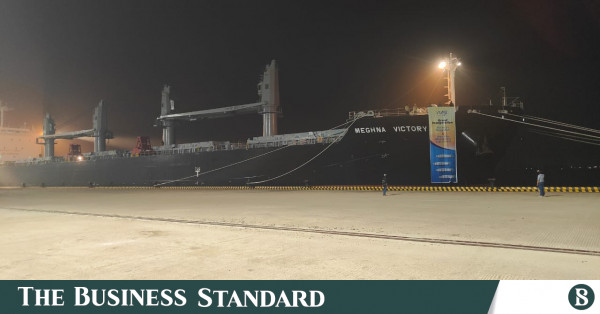
 www.tbsnews.net
www.tbsnews.net
Under the project, 10 bridges, 10 culverts and four viewpoints have been constructed at a cost of Tk474.40 crore during 2017-2022 period, he added.
Besides, cross drain, site drain, retaining wall, earth water dam, and road sign have also been constructed. Attractive spots have been developed by the wavy roadside for tourists, the army officer added.
"The construction of the road will increase the agriculture, education, and health services facilities for the locals. Besides, the development of the tourism industry will also play a role in improving the quality of the local's life," Major Ishrakul said.
However, passenger transports have not yet started operation on the road. Locals travel on rented motorcycles and transport local agricultural products on small mini trucks.

Kurukapata union was once a remote bordering area of Alikadam upazila. Due to a lack of road connectivity for a long time, the locals had to come to the upazila headquarters on foot or by boat.
During the monsoon, all means of communication would have been disconnected from the upazila headquarters. As a result, the residents of the area suffered in receiving medical care, education and marketing agricultural products.
The Alikadam-Poamuhuri road was constructed on the bank of the Matamuhuri river.
There is a river on one side and the natural beauty can be enjoyed on both sides of the road. Some aesthetic viewpoints have also been constructed on several hilltops.
Major Ishrakul said that the road has already changed the socio-economic life of different ethnic minority people including Mro and Tripura communities. Hill weavers and other handicraft markets are expanding while it has unveiled the hidden beauty of Bandarban.
He said that the local economy would expand further centring the tourism industry development.
Due to the development of the communication system, local fruits and crops are now reaching the city.
Moreover, the Alikadam-Janalipara-Kurukapata-Poamuhuri road has been connected to the 317 km border road. As a result, the road will play a role in protecting the country's territory increasing security on the border.
Menrowa Mro, a member of ward 7 of Kurukpata union, said that in some areas people would suffer from diarrhea before the beginning of the monsoon season every year. As Kurukpata is a remote area, the residents were deprived of medical facilities. There was no way to take people to hospitals. Some children even die of diarrhea, he added.
"From now on, the road will facilitate quick treatment for the people," he said.
Rambati Tripura and Ram Bahadur Tripura, residents of Jira Para in the 12 km area, said that since the construction of the road, locals have started cultivating various fruits along with zoom cultivation.
Earlier, if there was an opportunity to garden, no one would implement it in absence of a transportation system. Locals have started cultivation of various fruits too.
Besides, ginger and turmeric cultivation is also increasing in different areas than ever before. Now the traders come to the neighborhood to purchase ginger and turmeric direct from the farmers and at a fair price.

37km Alikadam-Poamuhuri road changes local economy
Before construction of the 37 km Alikadam-Poamuhuri road, it would take two days to reach the upazila headquarters from Poamuhuri and one day from Kurukapata. One had to spend one night in a village. If someone fell sick in that remote area, he would have to suffer a lot to receive treatment...
Germany's Tailwind Shipping Lines has announced the launch of a direct container shipping line between Chattogram port and Europe, with a specific focus on the transportation of textile goods, according to a recent statement from the carrier.
The new service, named the Tiger Express service (TEX service) after the Bengal tiger, will be the second European shipping line after an Italian shipping company which launched direct shipping service from Chattogram port in February last year.
The service is expected to have a fast transit time of fewer than 20 days between Chattogram and Barcelona, which will help cut down time and costs for traders. The new shipping line will also call on smaller ports in both Barcelona and the Dutch port town of Moerdijk, enabling goods to be loaded onto trucks quickly and transported directly to their specific destinations.
"Owing to the ships we deploy, we can reach the region without any intermediate stops or transshipment," says Wolf Tiedemann, board member at Lidl Stiftung & Co KG responsible for logistics and also managing director of Tailwind Shipping Lines.
"Especially thanks to direct connection between Bangladesh and Europe, this will represent a huge increase in efficiency, which we will also use to boost the reliability of the supply chains for our customers," he said, adding that this kind of smaller service also ensures greater proximity to customers and the ability to quickly meet their requirements.
Tailwind Shipping Lines, a subsidiary of Lidl International, which runs a discount retailer chain in over 11,000 stores across Europe and the United States, will offer shipping freight for Lidl goods, as well as for customers from the fashion and textile sectors, with other customers also able to derive the benefits of the service.
The company said the new service will represent a huge increase in efficiency, which will be used to boost the reliability of the supply chains for customers.
"We've got all the permissions from the port authority and Tailwind will launch direct service at the end of the next month," Nazneen Sultana, managing director of Unitrans Container Limited, the local agent of Tailwind, told The Business Standard on Saturday.
According to shipping industry officials, 40% of Bangladesh's import and export goods are transported from Chattogram to Colombo port, while the remaining 60% go through Singapore, Malaysia's Port Klang, and Tanjung Pelepas. Chattogram Port handles 92% of the country's import-export trade alongside 98% of container shipments.
Of Bangladesh's $52 billion exports in FY22, garments accounted for nearly 82%, with over 50% of exports going to Europe in that fiscal year, according to BGMEA data. The direct connection between Bangladesh and Europe offered by Tailwind's TEX service is expected to represent a significant boost in efficiency for these exports, as well as for other customers using the service.
Chattogram Port Authority Secretary Md Omar Farooq said the authorities are encouraging direct shipping service as it takes only 15-20 days to reach destination countries instead of at least 40-45 days through transshipment ports.
He also said shipment cost will be reduced significantly and importers can expect their goods to reach them faster.

Lidl's Tailwind to launch direct shipping from Ctg to Europe
The service is expected to have a fast transit time of fewer than 20 days between Chattogram and Barcelona
The maritime sector of the country has started to demonstrate enormous possibilities and the government is keen to harness the potential, said State Minister for shipping Khalid Mahmud Chowdhury.
While inaugurating four new oceangoing bulk carriers of Meghna Group on Sunday in Chattogram, the state minister said the government is working to make the local shipping sector more business-friendly.
At the Patenga container terminal of Chattogram port, Khalid Mahmud Chowdhury said that Meghna Group has been able to expand its fleet to 22 in the past decade due mostly to the support of the government. "We are working to scale up maritime investment further."
He said the government has increased the number of maritime academies to four and mulling four more national maritime institutes to produce skilled seamen.
The 200-metre Meghna Victory, the largest privately-owned cargo carrier in Bangladesh flagged off yesterday, registered a capacity record for the newly constructed Patenga container terminal. Other vessels inaugurated Sunday are MV Meghna Prestige and Meghna Hope Meghna Progress.
On the occasion, Chattogram Port Authority Chairman Rear Admiral M Shahjahan said that Bangladeshi-flagged vessels currently carry goods accounting for nearly 5% of Bangladesh's external trades. The country needs 500 ships to transport 100% of the external trade cargo.
He said the number of Bangladeshi vessels has increased to 95 from 38 in the last four years.
The Chattogram Port Authority chairman hoped Bangladesh will soon be able to transport 100% of the external cargo on its own and earn foreign currency by transporting products of other nations.
He also assured businessmen of resolving a recent issue over transporting goods by foreign vessels soon.
Meghna Group Chairman Mustafa Kamal said Bangladesh spends around $10 billion annually for the transportation of goods in import and export trade by sea. Foreign shipping companies used to take away a large chunk of the spending. But the country is now saving $700-$800 million a year by using available Bangladeshi ships.
He said the Meghna fleet is contributing significantly to the growth of the country's external trades.
However, Mustafa Kamal urged the government to provide more policy support to advance the maritime sector. He suggested introducing a one-stop service to ease the ship registration process, call sign, and the easy obtaining of a station licence.
He also proposed waiving the 1% Advance Income Tax (AIT) on the purchase of ships and withdrawing the condition of non-resale within three years of purchasing a ship.
Commodore Md Nijamul Haque, director general of the Department of Shipping, was present as guest of honour at the event.
Chairman of Al Haramain Group Mahtabur Rahman, Chief Executive Officer of HSBC Bangladesh Md Mabbub ur Rahman and Chattogram Chamber of Commerce and Industry President Mahbubul Alam were also present.
HSBC Bangladesh has arranged $71 million in finance for the four vessels. According to the Meghna Group, the bulk carriers were built by a joint venture of Japan and China named Jiangsu Yangzi-Mitsui Shipbuilding Co. Ltd.
The capacity of each of these oceangoing vessels is 66,000 deadweight tonnage.

Maritime milestone as four Meghna bulk carriers flag off
State minister for shipping vows to make Bangladesh maritime sector more business-friendly


